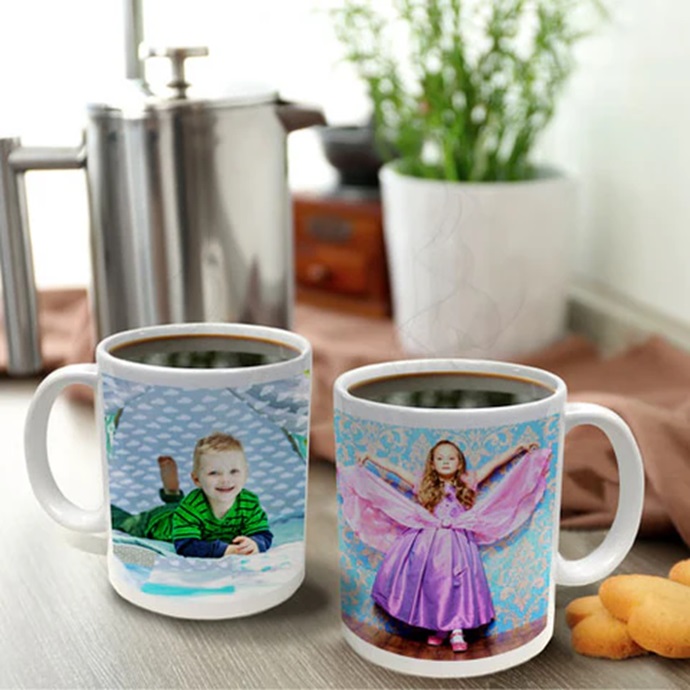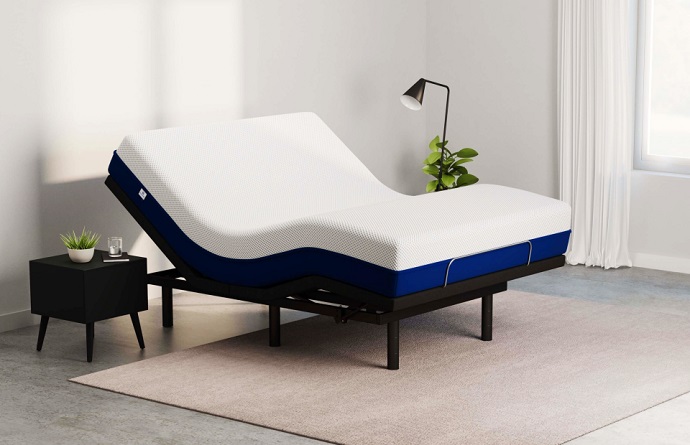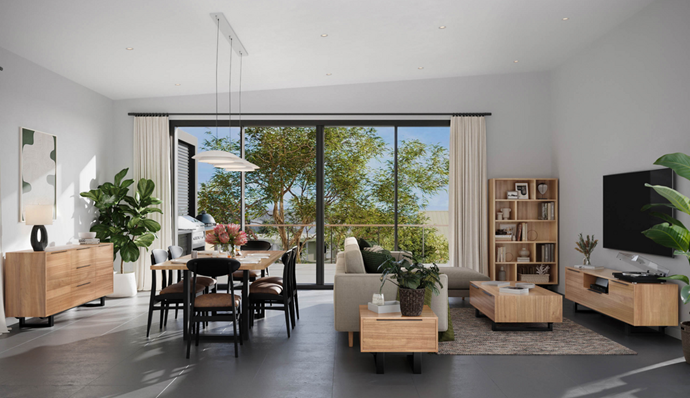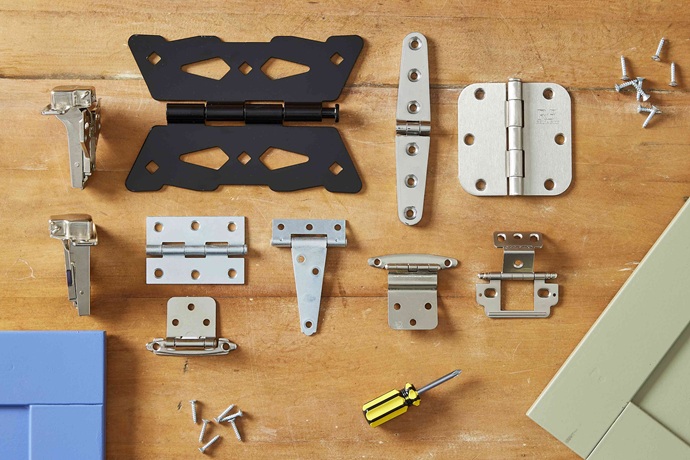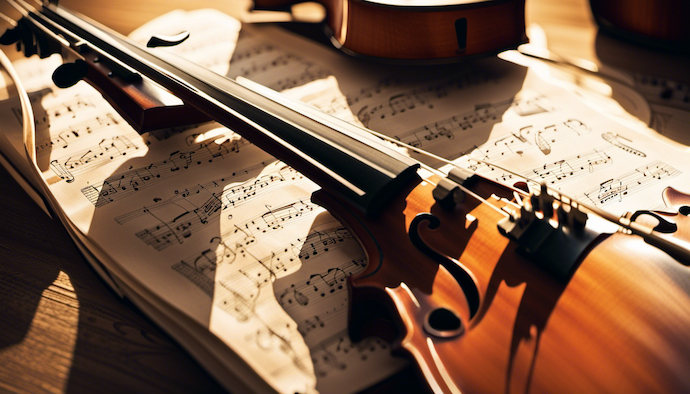Having a home recording studio isn’t as complicated as it used to be. Making music was initially available only to those who had money and enough space for all of those pieces of equipment. But nowadays, everything’s more accessible and you need only a few pieces to get started. Quality studio equipment is becoming more and more compact to satisfy the users’ need to fully equip a small space. You don’t need to complicate things and invest too much from the very start. It’s always best to keep it simple.
Since it can be pretty expensive to buy everything, you can set priorities. See what the most important things for you are and invest in them. A few good-quality pieces can make a bigger difference than a ton of cheaper items.
The Fastest Computer You Can Afford
Unlike 10 or 15 years ago, when not everyone could afford a computer, nowadays they’ve become a necessity. Almost everyone owns a computer and the one you have is probably good enough to get you started. But if you still want to invest in a new one, you want the fastest you can get for your budget. You should use it just for recording since having other applications and video games that need much storage can cause problems with the recording and make the system unstable.
The CPU or the processor on your computer needs to be the fastest one you can afford. You’ll need at least a dual-core CPU to handle any audio software. If you’re going for more tracks, you’ll need a multi-dual or quad-core CPU. It’s recommended to have more hard drives that you’ll use for recording in order not to over-work your computer. For any program to run smoothly, you need more RAM or memory. 4 or 8GB should be enough, but it depends on your recording style as well.

Studio Monitors for a Quality Recording
You’ll need studio monitors for producing the best mix possible. This is definitely something that you’ll want to invest in because it can make a significant difference in the end result of your recording. There are many different available models nowadays and you want to look for trusted manufacturers, like the high-quality Genelec studio monitors.
A premium quality Genelec monitor will make your job much easier because you’ll be able to hear exactly what you’re mixing and recording. They have a flatter frequency response and don’t colour the sound like normal hi-fi speakers. This way, you’ll be able to hear every detail in your mix and know whether it’s good or bad.
If you’re using hi-fi speakers to mix and you play the recording on other speakers, it may not sound as good as you have expected. On the other hand, when you use any kind of studio speaker or Genelec speakers, you will get the most accurate representation of your mix. Studio monitors can be active or passive. The most commonly used are the active ones – they have everything included, so you just need to plug them in. They can be found in many shapes, sizes, and prices.
For your home recording studio, you’ll probably need to pick a nearfield Genelec monitor. There are also mid-field and far-field monitors but they’re for larger spaces. Nearfield means close, so you’ll get a more precise sound. One more important thing to consider when choosing a studio speaker is the size. All of the equipment needs to be properly placed because it can affect the sound of the Genelec or the speakers of your choice. So, depending on how much available space you have, you need to choose the appropriate size.
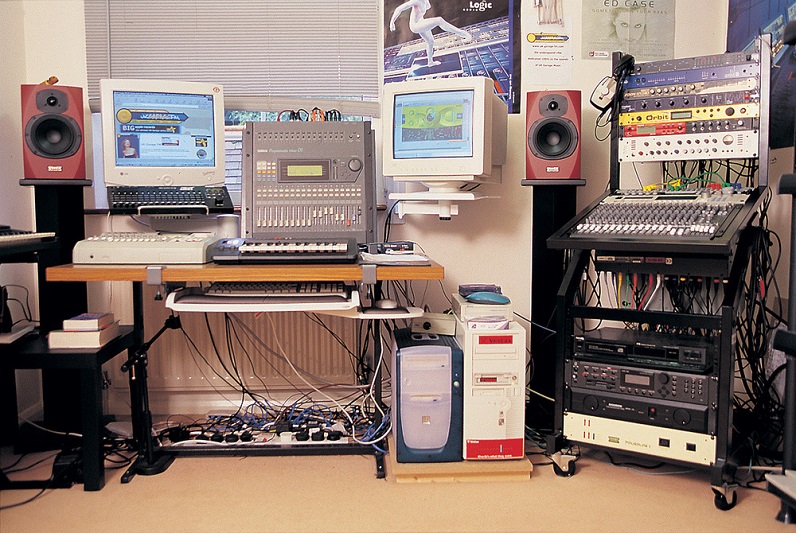
Studio Headphones and Microphones for Precision
You probably own a pair of headphones but they’re quite different from the ones that you need for recording. Just like with the sound monitors, consumer headphones colour the sound. This is why you need a good pair of studio headphones. They can be of two types: closed-back and open-back headphones.
Closed-back headphones isolate the listener and are used for recording tracks. They also prevent the sound from leaking out and are helpful when listening in noisy environments. Open-back headphones have an open ear design and are used for mixing. They don’t emphasise the bass frequencies and allow outside sound.
There are many different types of microphones but they usually fall under two categories: condenser and dynamic mics. Condenser mics are frequently used, especially large-diaphragm condenser mics, because they’re good for vocals and many other instruments as well.
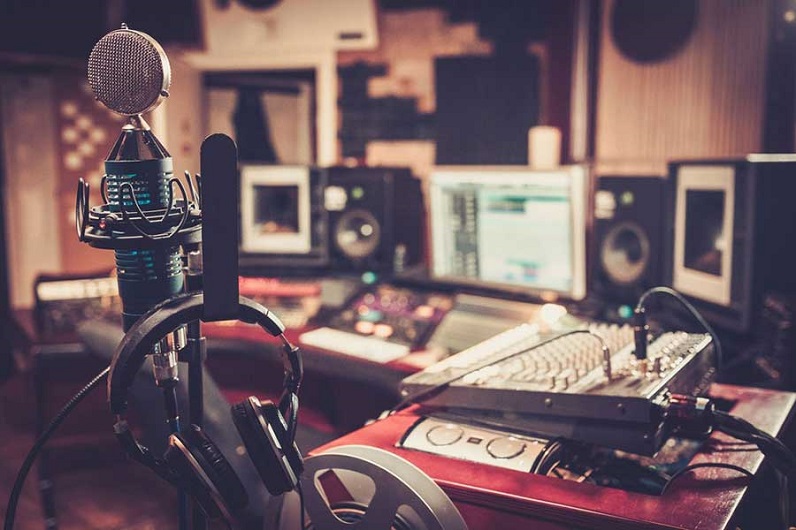
DAW and Audio Interface for a Successful Mix
Digital Audio Workstation is software for recording, editing, and mixing. One of the most popular is Pro Tools but there are several options depending on your budget and style.
An audio interface is the hardware used to connect the rest of the equipment with your computer. You can buy a combo of audio interface and DAW. This way, they’ll be compatible for sure and it’s cheaper than buying them separately.
Proper Setting of the Equipment for the Best Sound
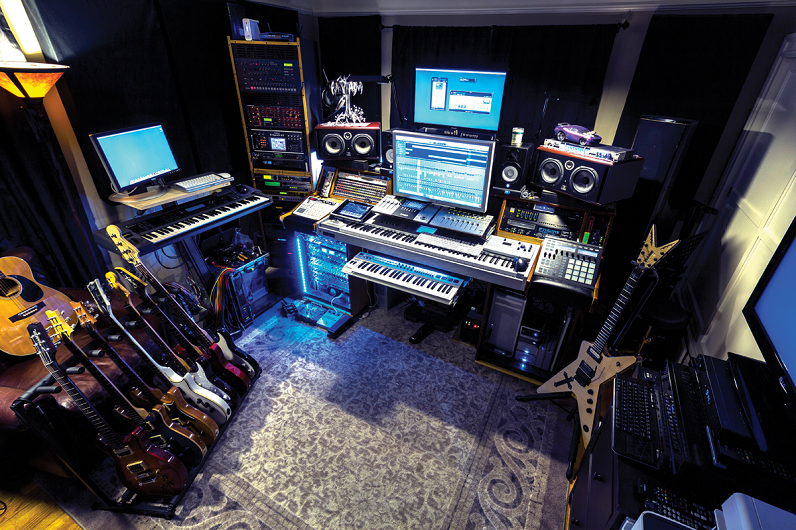
Any kind of room will be good enough to get started but if you want to make sure that everything will sound the best, you might want to make several adjustments.
You’ll need a desk to place some of the equipment and a good chair for all of those hours spent working. You want to avoid small rooms if you have a choice. With larger rooms, you’ll have more space for the equipment as well. Also, square rooms and those with many hard surfaces aren’t recommended because they can be problematic.
When it comes to the placement of the equipment, you don’t want to put your speakers against a wall because they won’t work as they should. Many manufacturers have instructions on what would be the ideal distance between the wall and the speaker, so make sure you follow it.
